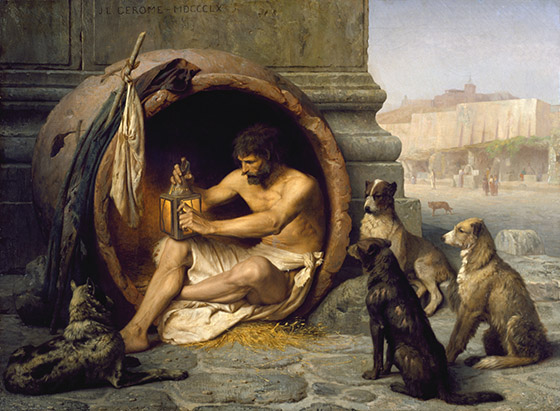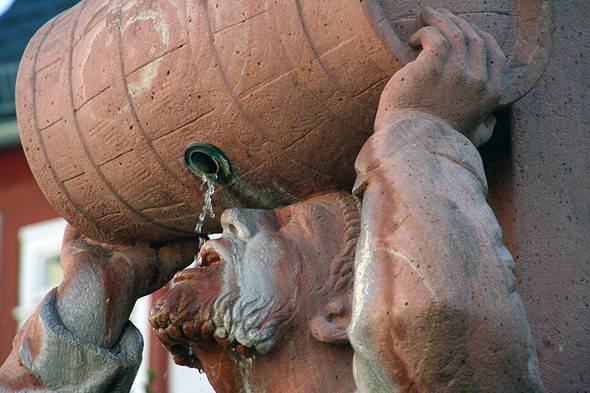Mankind and wine have a tightly intertwined history of thousands of years. One important element of this relationship right up until today is the barrel. Of course, many types of utensil have been used for storage both in the past and today, but there is no other which has had such an important influence – whether it be negative or positive - as the wooden barrel. This is important to underline in any case, whatever the material. Barrels are also made from metal, plastic; however, these do not concern us here. Barrels contain things from other sources too, such as crude oil, rubbish and plenty of other things; nevertheless, barrels made for the storage of wine is rather our topic in this case.
Beginnings
Sometime in the fourth century BC, there lived in Athens a philosopher named Seusippos, who, like many of his contemporaries also pondered on serious mathematical dilemmas as well as many abstract ideas. This gentleman was the first to make calculations on the geometrical shape of the individual staves’ curves for the barrel body. Naturally, to complete the story, we should tell you that his calculations were the first to have stayed with us, thus the credit is all his. We should point out that he wasn’t completely unknown at the time either; as Plato’s nephew and disciple he filled the post of the Academy’s president. Many credit him with the invention of the barrel, but it’s much more likely that he only dealt with the question on a theoretical level and did not make barrels based on his calculations. Most certainly wooden barrels made of one type of wood came from much richer regions than the Balkan Peninsular, perhaps the cooler climate of Gaul, where the Romans could have learnt the way of making wooden-hooped barrels from Asterix and his friends. We’ll doubtless never know the exact answer, so only the murkiness of guessing remains. Although what is certain is that at that time, more people were already writing about barrels as vessels for wine storage and transport. Thus began a history of two thousand four hundred and something years…

The continuation
If we are to believe the historians, from the very earliest times only the most noble things were stored in barrels, such as Diogenes and, of course, wine. Likewise, whilst drinking one of them, it was worth drinking in the words of the other. Legend has it that King Alexander III also sought out Diogenes himself and told him that he could ask anything of him, to which the wise man responded “Step aside before the sun.” It’s quite something that this guy could allow himself to say this, as Alexander the Great had even had heads cut off for much less. In any case, barrels at that time were still rather different from those of today. They were significantly more cylindrical in shape, with much less curved staves, the cracks between the staves being filled with resin. This latter material was probably not too striking, given that at that time pine was used as the base material for barrels. (This is familiar from modern Greek wines too, isn’t it?) The advantages of this were that it was easier to process and the resinous flavour of the wine was really loved by the world-conquering Romans in their free time and of course also by their role models the Greeks. The capacity of barrels at that time ranged from four to five hundred litres and were most suited to long transportations. There were practical reasons for this, because both leather wine skins and amphorae put the safety of the wine at risk. Wine was still stored in clay pots sunk into the ground, which also comes as no surprise when considering climatic factors. The hoop was also a cardinal question here; willow and birch twigs were the material of choice to hold the staves together. This was the barrel’s weakest point, the hoops were very sensitive to changes in temperature and were often damaged or broke. (Archaeologists have also found barrels from this period in Hungary; there is a second-century larch barrel used by Roman legions on display in the Budapest Aquincum museum.)
You can read more about a liquid history of barrels in the second part of this article.






